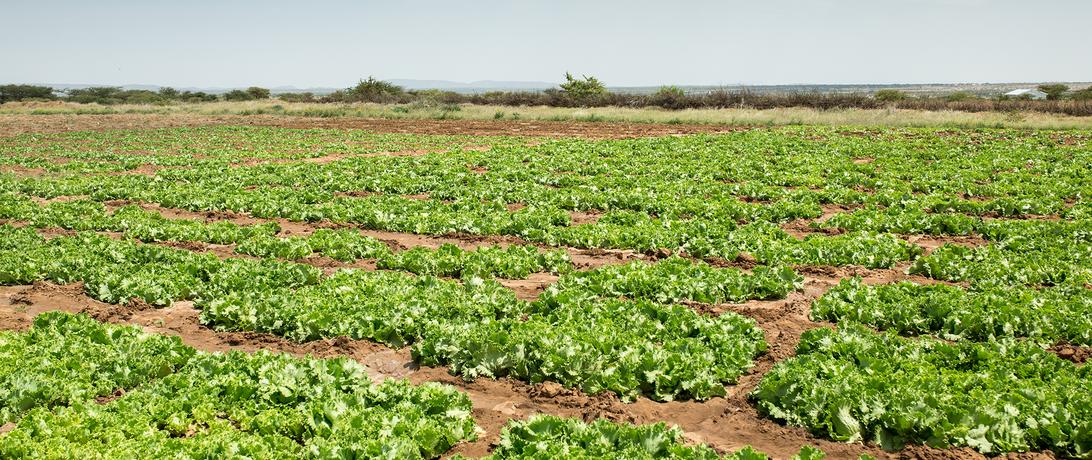
Land has been a source of both prosperity and conflict for Somalia. For generations, the region’s varied terrain has provided forage for herds, land for crops, and space for commerce. At the same time, uncertainty over land rights has led to violence and contributed to the civil war of the last 20 years. Today, as stability returns to many parts of Somalia, the question of how to govern the land is a pressing challenge for all who are interested in reducing conflict and increasing prosperity.
This paper seeks to present an accessible overview of historical land tenure practices in Somalia as well as recent efforts to clarify land rights. This analysis will highlight the differences between the small pockets of urban areas and farmland where the central state may be able to formalize land tenure practices and the vast rangelands of the country where collaboration between the relatively weak central state and civil society actors may offer the best way forward. The analysis also points out the large differences between Somaliland and the rest of Somalia, suggesting how lessons learned in this self-declared independent region may be transferable to other parts of the country.